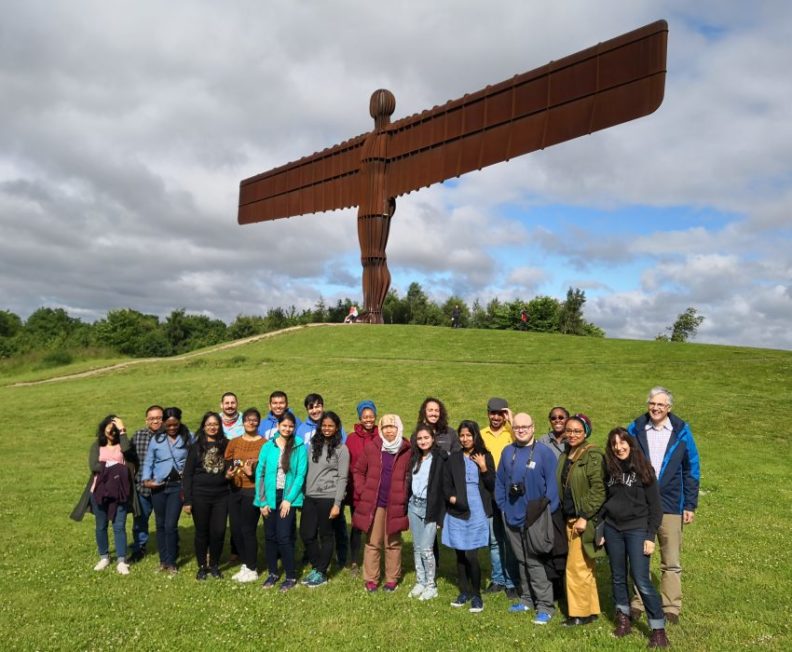The Fate of Stolen Artefacts

HERITAGE MUSINGS
Cultural artefacts have been plundered throughout history as spoils of war. There are examples of artefacts looted in ancient times that have found their way through collectors into prominent museums.
Particularly large quantities of artefacts were appropriated by European colonisers who in a frenzy seemed to have picked up whatever they might have managed to ship back home. For example the Egyptian obelisks that were removed from Luxor and erected in Paris, London and New York were all over 20 metres tall and each weighted over 200 tonnes.
However the removal of cultural artefacts doesn’t only take place during times of war or colonisation, for there is a flourishing illegal market for stolen cultural property. There is growing pressure for restitution of stolen objects to their place of origin but many vanish into private collections.
In Nepal important, cultural objects have been removed and sold into the international market particularly after the country opened its borders to foreigners in the 1950s.
Those involved in this trade are usually linked to the highest authorities making it impossible to bring under control.
Nepal however signed the 1970 UNESCO ‘Convention on the Means of Prohibiting and Preventing the Illicit Import, Export and Transfer of Ownership of Cultural Property’ in 1976. This means that Nepal recognises “that the illicit import, export and transfer of ownership of cultural property is one of the main causes of the impoverishment of the cultural heritage of the countries of origin of such property” (Article 2 para 1).
Furthermore Nepal would “undertake to oppose such practices with the means at their disposal, and particularly by removing their causes, putting a stop to current practices, and by helping to make the necessary reparations” (Article 2 para 2).
The Ancient Monument Preservation Act (AMPA) 1956 has various provisions to register, protect and control transportation and export of important archaeological artefacts or cultural objects. Article 13 para 1 clearly states that historical, archaeological or artistic objects as defined in the government notification shall not be exported or even transferred from one place to another within the country. Only those objects that are marked as being curio with a government seal, which is defined as being less than 100 years old, can be sold by registered dealers.
A lot of work was done during the 1980s particularly on documenting the images within the Kathmandu Valley. The work of two prominent advocates of this cause have been published: Lain Singh Bangdel’s Stolen Images of Nepal (1989) and Juergen Schick’s The Gods Are Leaving The Country (2006). Awareness was also raised by Joy Lynn Davis with her paintings Remembering the Lost Sculptures of Kathmandu (2010- 2015). However Nepali authorities lack the capacity and there is confusion in respect to third country artefacts.
Furthermore disgruntled armed youth collaborating with gangs and dishonest officials have caused havoc to the cultural heritage of the country. In Upper Dolpo a rough local estimate states that probably only 10 per cent of the artefacts in the ancient Vajrayana and Bon monasteries still remain.
While working in Madyapur Thimi Municipality many years ago, news suddenly arrived one morning that the peacock which stood on top of a stone pillar in front of the Balkumari Temple had vanished. It was quite intriguing how such a large object could get stolen from such a prominent, visible and difficult to access public location. The culprit with the object was later found in a five-star hotel. The peacock was reinstated and still looks majestically down from his elevated perch. This is probably one of the few success stories when it comes to stolen artefacts.
Most artefacts vanish into the global market. It is high time for the government to put measures in place to curb this calamity.
Kai Weise

